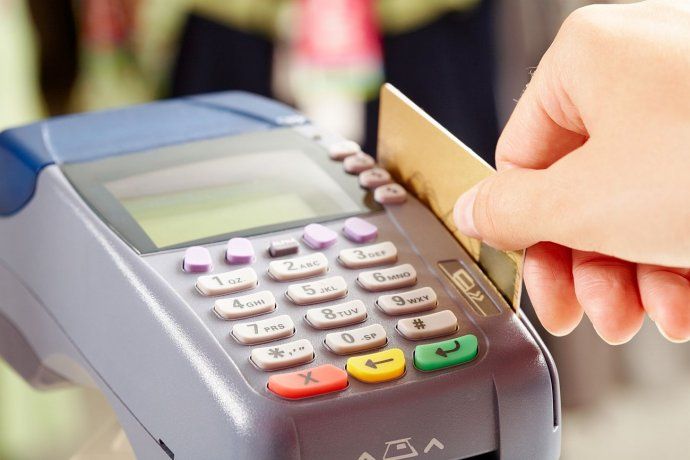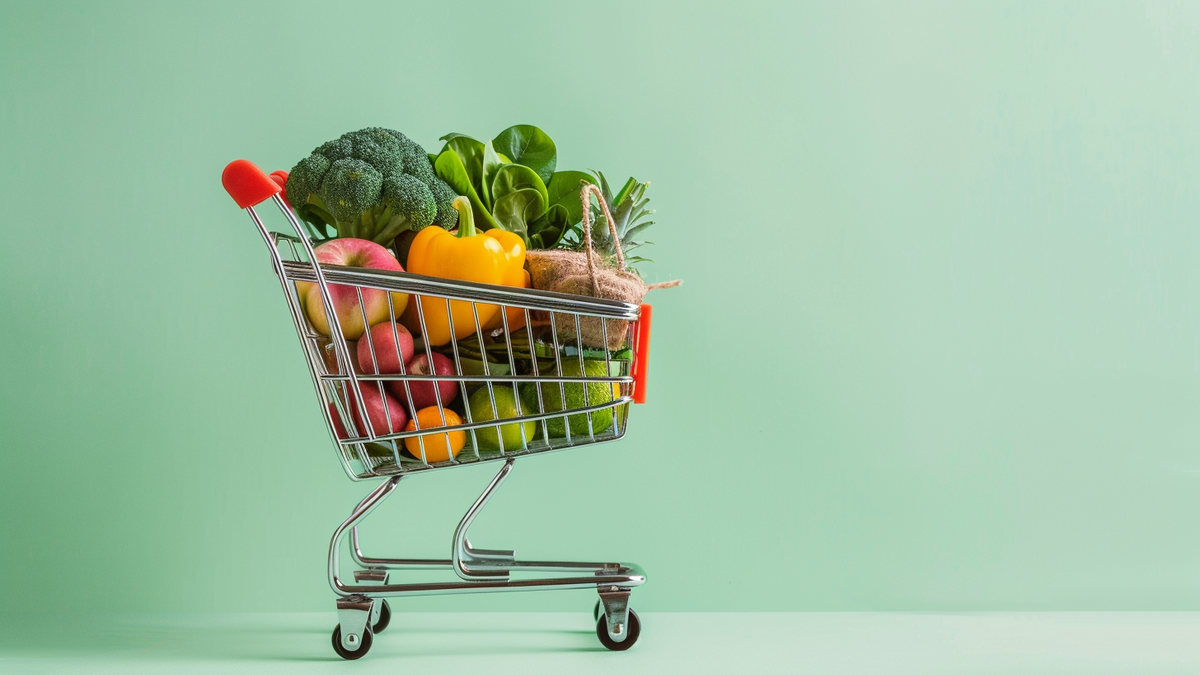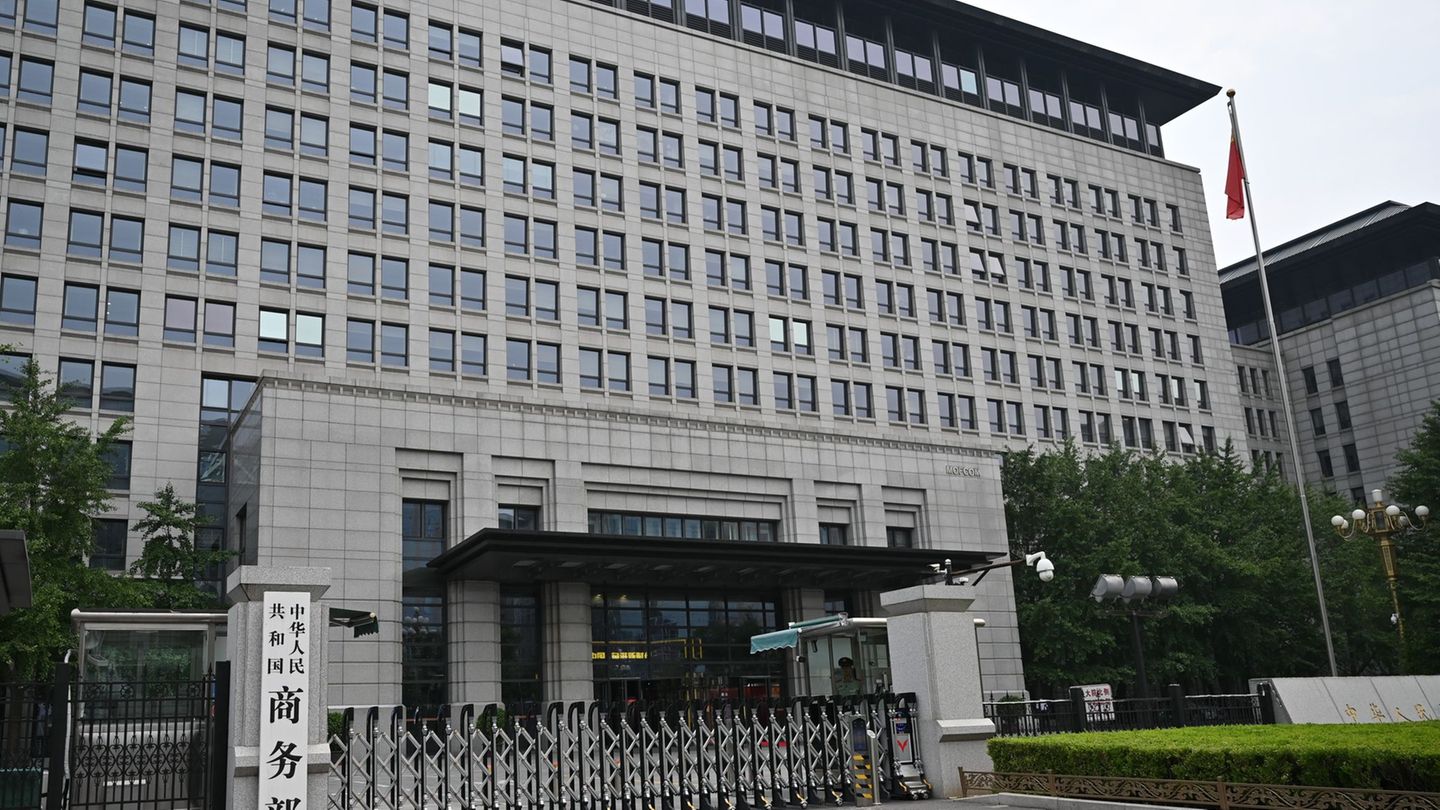The collapse was 8.3%. More and more customers leave products at the checkout line, sales only recover on credit card closing dates and consumers go down to third-party brands. This Thursday, data from INDEC.
Sales in the mass consumption category fell 4.1% year-on-year in February, according to data collected by the consulting firm Scentia. The decline was even more pronounced in the supermarket channel, where the drop was 8.3%. Categories such as alcoholic beverages had drops of up to 17.6% and food decreased at a rate of 7.4% on average. There are three alarming indicators about the crisis that worry large chains. More and more often Customers leave products at the checkout line, sales only recover on credit card closing dates and consumers go down to third-party brands. The average ticket also falls in real terms.
The content you want to access is exclusive to subscribers.
The data allows us to anticipate the INDEC measurement, which this Thursday will publish the data for the second month of the year regarding consumption in supermarkets, wholesale self-service stores and shopping centers.


“They can’t find a floor,” is how an important reference in the commercial sector described the current sales situation. The truth is There are already three consecutive months in the red for mass consumption and everything seems to indicate that March will follow the same path. The data for the first fortnight show a new drop in supermarkets at a rate of 9% year-on-year.
As expected, in products whose demand is more elastic, the fall worsened. For example, alcoholic beverages had a drop of 17.6%. “Impulsive” consumption, those that are, for example, at the checkout line, plummeted by 12.3%. In the case of those that are part of the basic basket, the falls were 7.4% for food and 9.8% in cleaning and hygiene.
Strategies of large firms
The scenario of casualties is general. Large industrial firms are working to reduce their costs as much as possible because they anticipate a difficult year. Another strategy is to promote second brands, but especially third ones. They understand that consumers are migrating there in search of better prices.
This is a fact that caught the attention of supermarkets because beyond the drop in units sold, it brings with it a drop in the average ticket in real terms. Although on the other hand, they sharpen the cannons of the own brands whose market share has been growing at an unusual speed.
purchases-consumption-posnet-card.jpg

Salon sales recover when the closing dates of the cards coincide.
Depositphotos
Another index that caught the attention of large chains is the credit card financing of current purchases. They specifically perceive that Salon sales recover when the closing dates of the cards coincide because that allows you to kick the payment 45 days forward with the next due date. Moving away from that date, sales fall quickly.
The last and most alarming point is the growth of product replenishment in the checkout line. What does this mean? Consumers who left items after waiting in line because when the bill arrived they did not have enough money to make the payment. An increasingly common photo in shops, even those in large stores.
Source: Ambito




